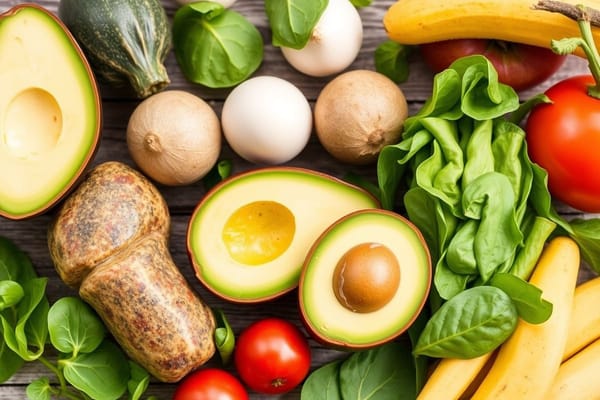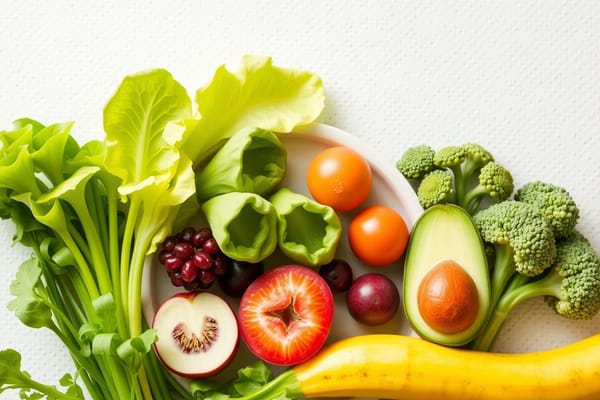Beyond Greens: Unlocking the Nutrient Power of Colorful Vegetables
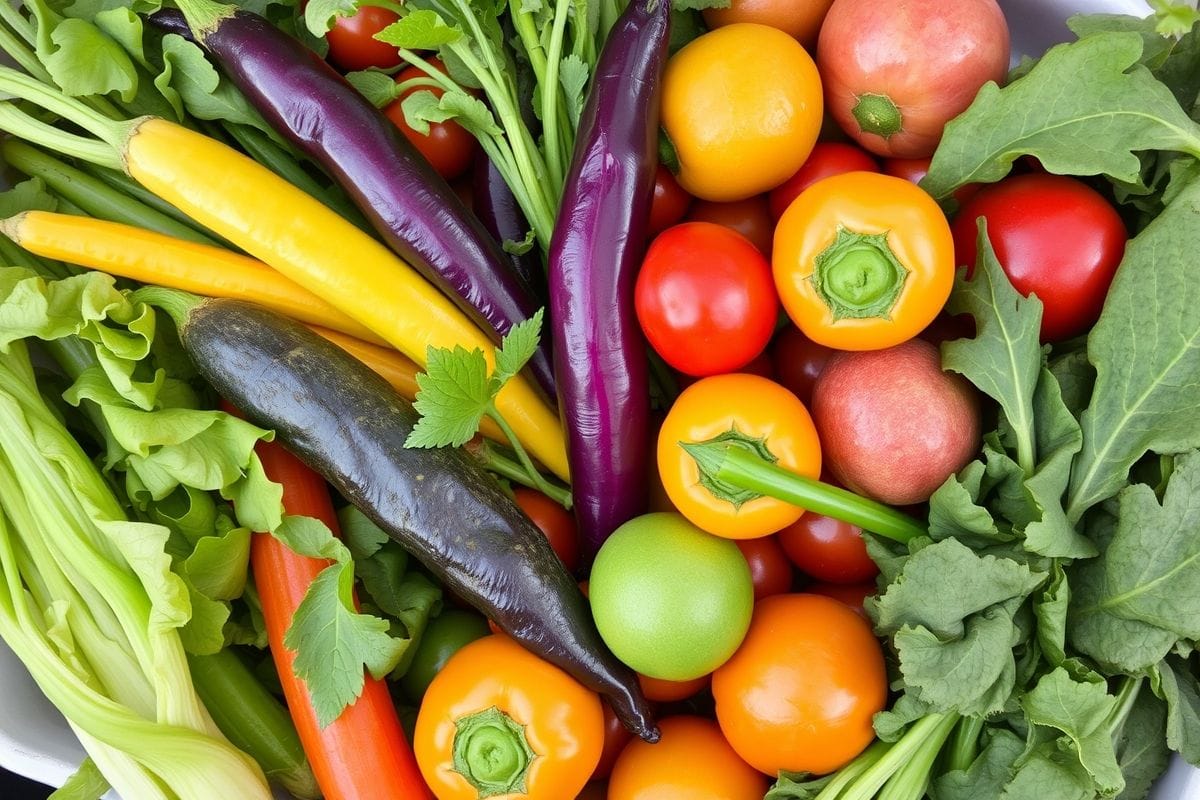
When you think of healthy eating, what often comes to mind first? For many, it's a big, leafy green salad. And while greens are undoubtedly nutritional powerhouses, focusing solely on them means you might be missing out on a whole spectrum of incredible benefits that other colorful vegetables bring to your plate. Imagine your plate as a canvas, and each vibrant hue represents a unique set of vitamins, minerals, and antioxidants. It's time to look "beyond greens" and embrace the full rainbow of nature's bounty!
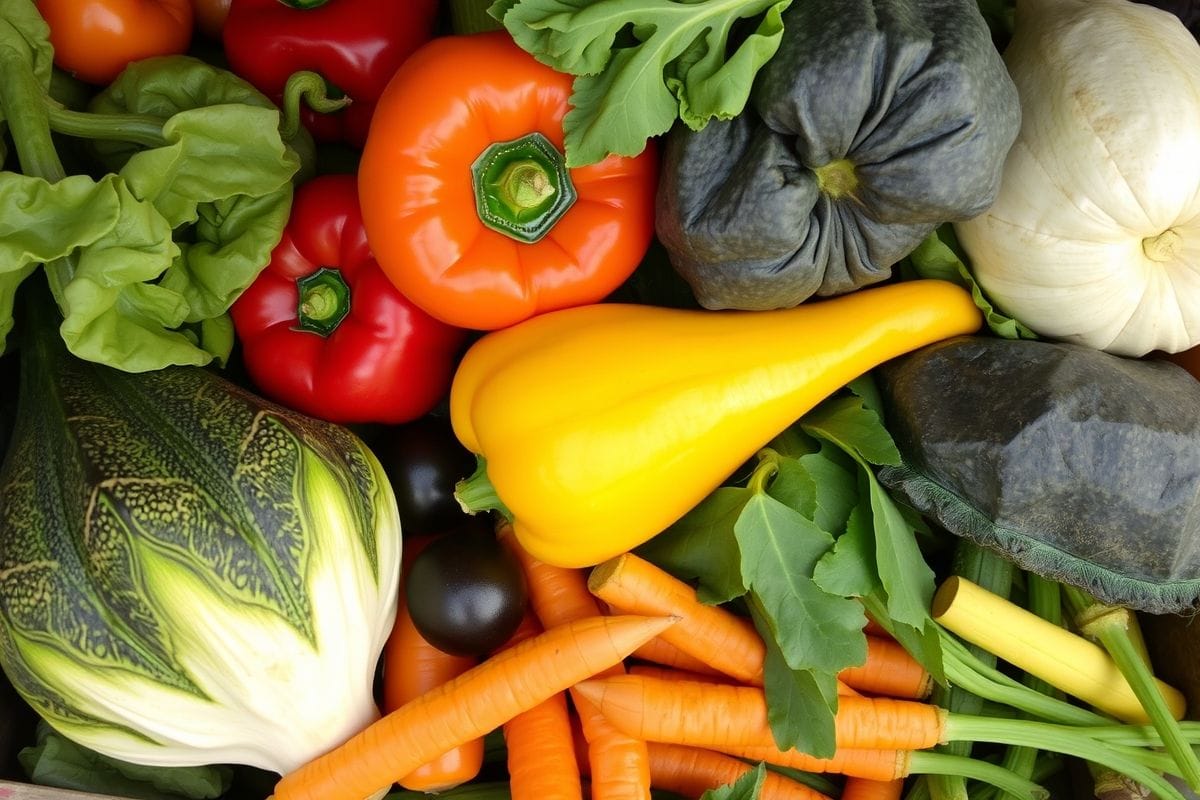
Every color in the vegetable kingdom signals the presence of different phytonutrients – powerful plant compounds that protect us from disease and keep our bodies running optimally. Let's explore the magic behind each shade:
The Power of Red: Heart Health Heroes
Think tomatoes, red bell peppers, pomegranates, and beets. The rich red color often comes from lycopene and anthocyanins, potent antioxidants known for their role in heart health and fighting certain cancers. Lycopene, for instance, is particularly abundant in cooked tomatoes, making your pasta sauce or a warm bowl of tomato soup not just delicious, but incredibly beneficial. Anthocyanins found in red cabbage and cranberries can help reduce inflammation and support cardiovascular function.
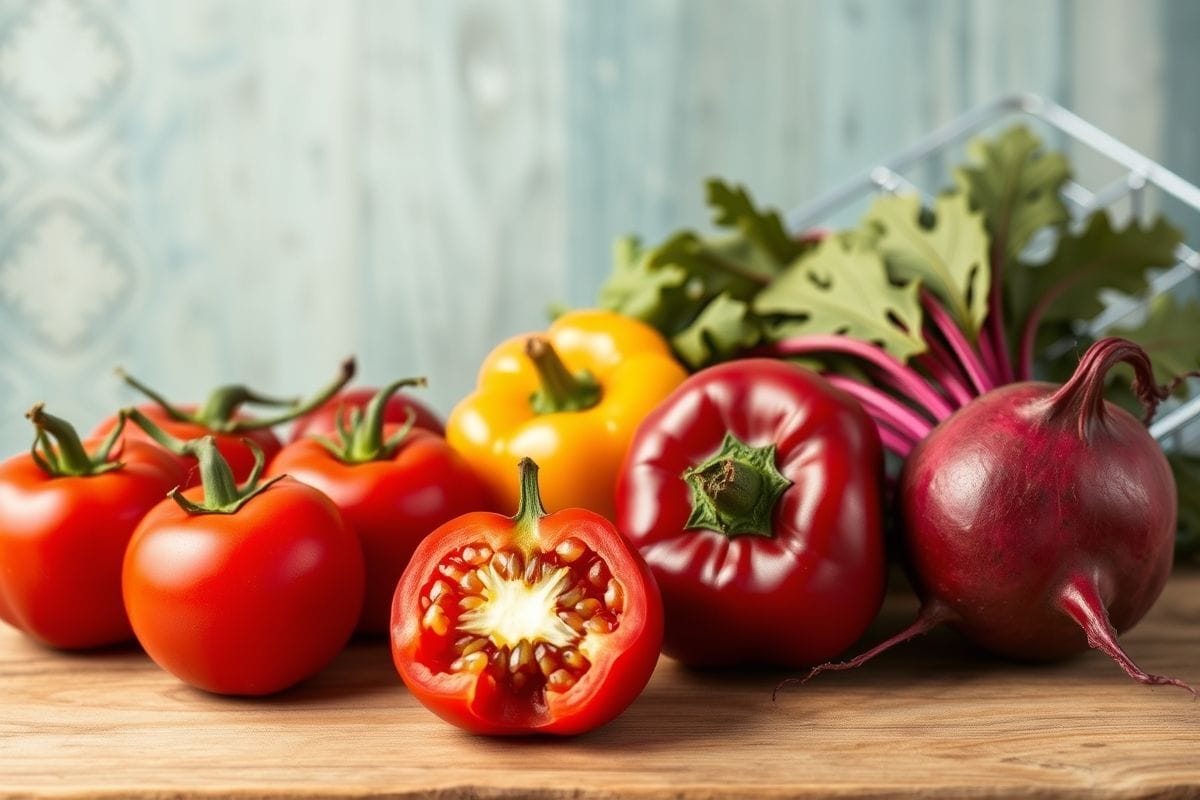
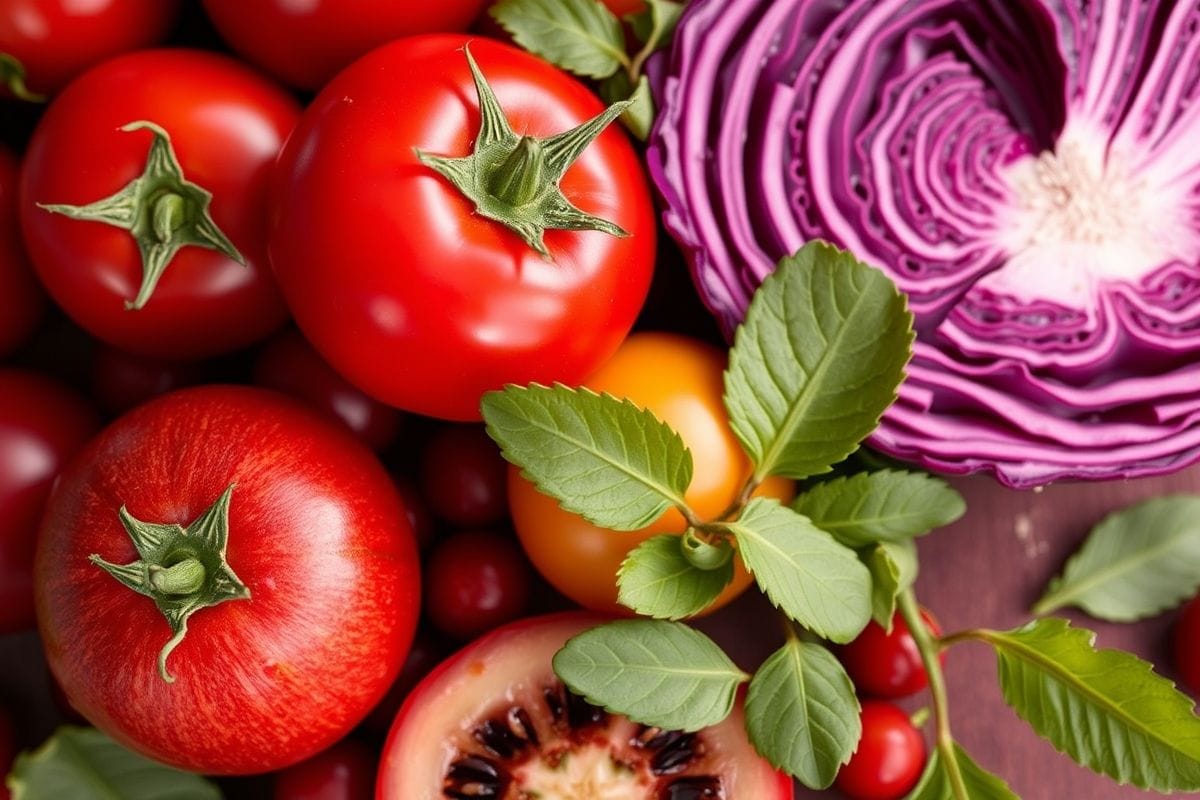
- Example: Instead of just green bell peppers in your stir-fry, toss in some vibrant red ones. Or, add a handful of chopped tomatoes to your morning eggs for an extra lycopene boost.

Orange and Yellow: Vision and Immunity Boosters
Carrots, sweet potatoes, butternut squash, corn, and yellow bell peppers are bursting with beta-carotene, which your body converts into Vitamin A – crucial for good vision, especially in low light. These veggies are also often packed with Vitamin C, a powerhouse for your immune system and skin health. Imagine the sunny glow these foods bring to your plate!

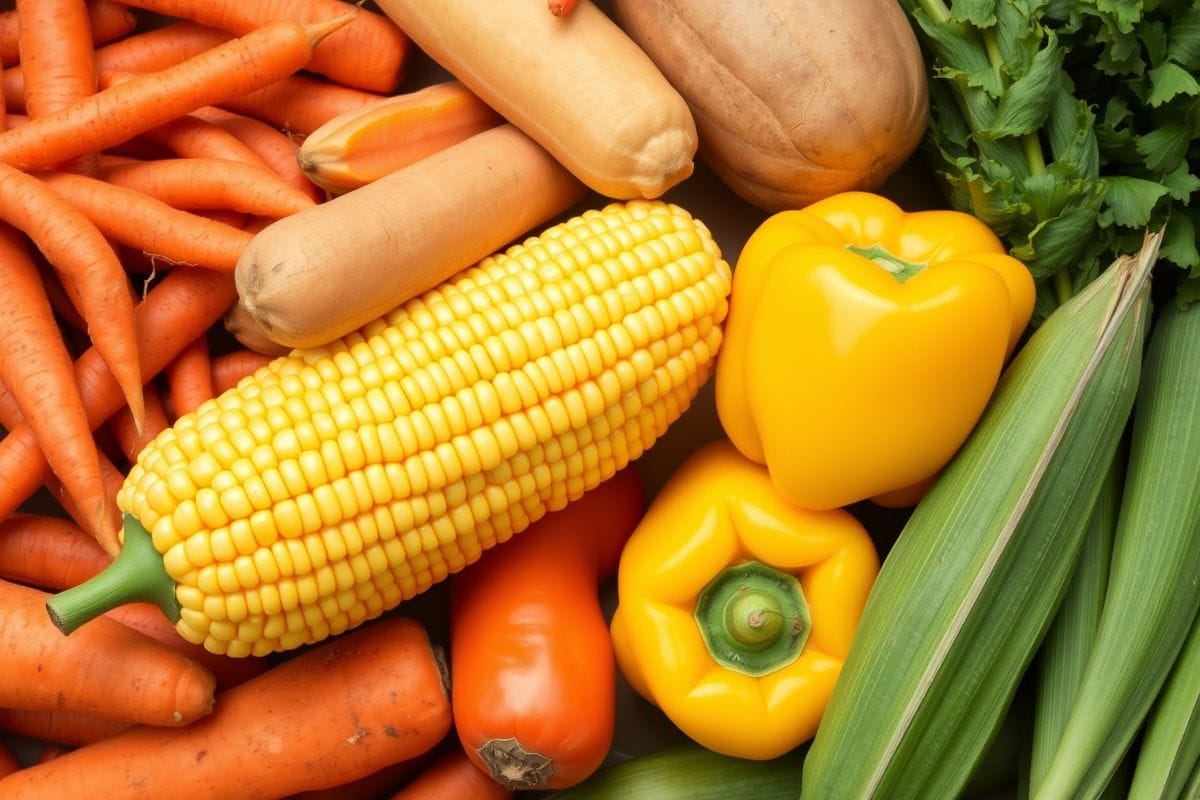
- Example: Swap out regular potatoes for sweet potato fries, or blend roasted butternut squash into a creamy soup. Snack on carrot sticks or yellow bell pepper strips with hummus for an afternoon pick-me-up.
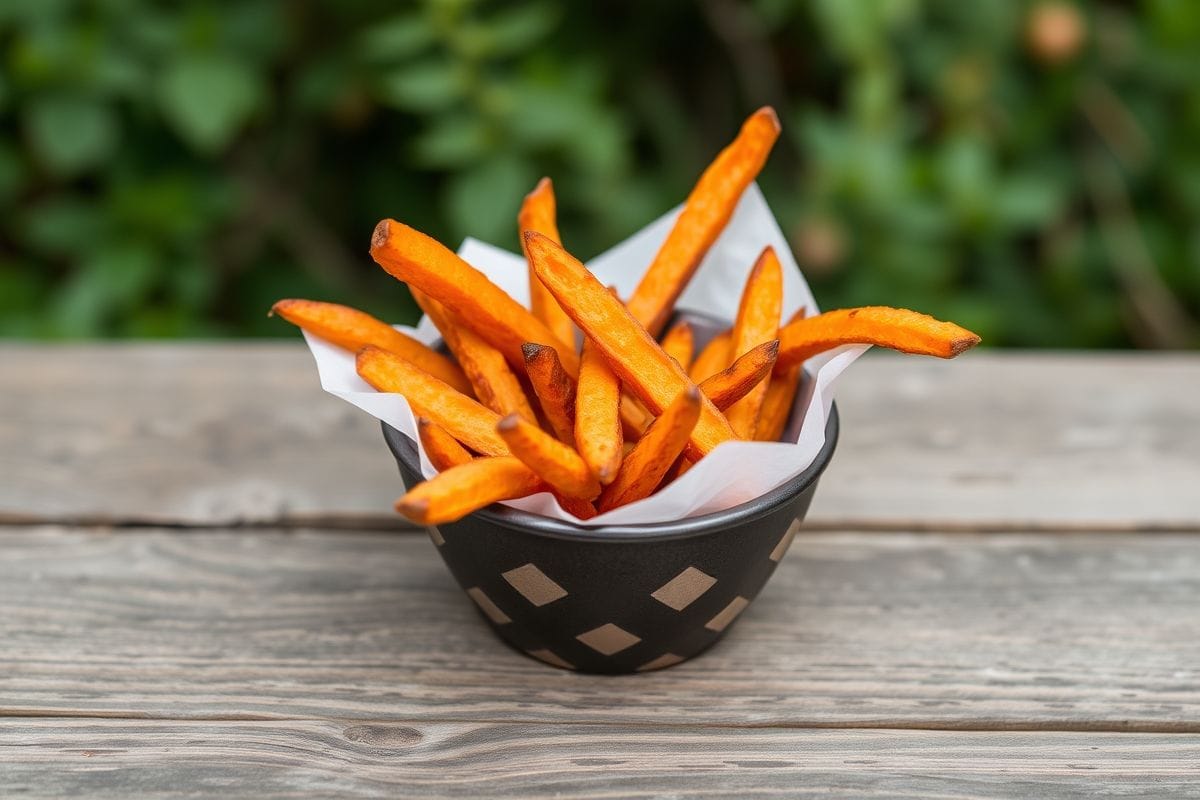

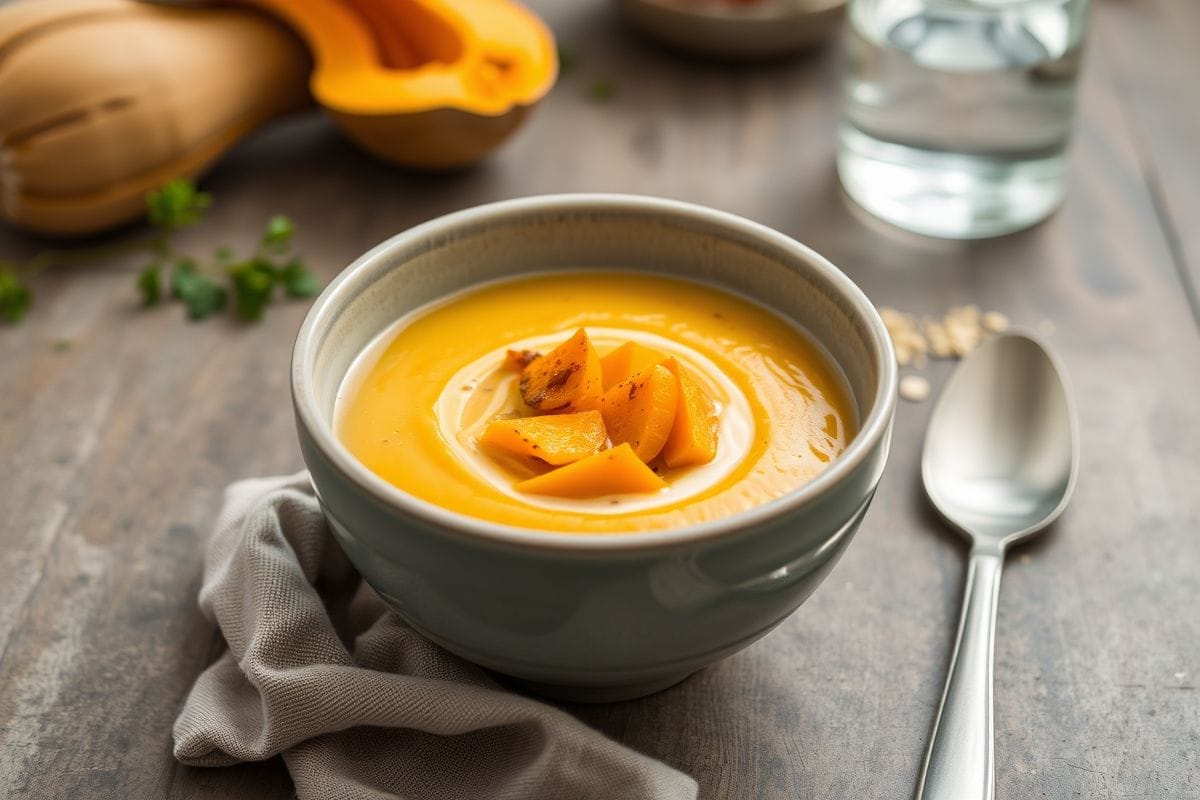
Blues and Purples: Brain Power and Anti-Inflammatory Champions
Eggplant, purple cabbage, blueberries, and purple sweet potatoes owe their striking color to anthocyanins, the same antioxidants found in red foods, but often in different concentrations and forms. These compounds are fantastic for brain health, potentially improving memory and cognitive function, and are also strong anti-inflammatory agents. They're truly a feast for your eyes and your mind!
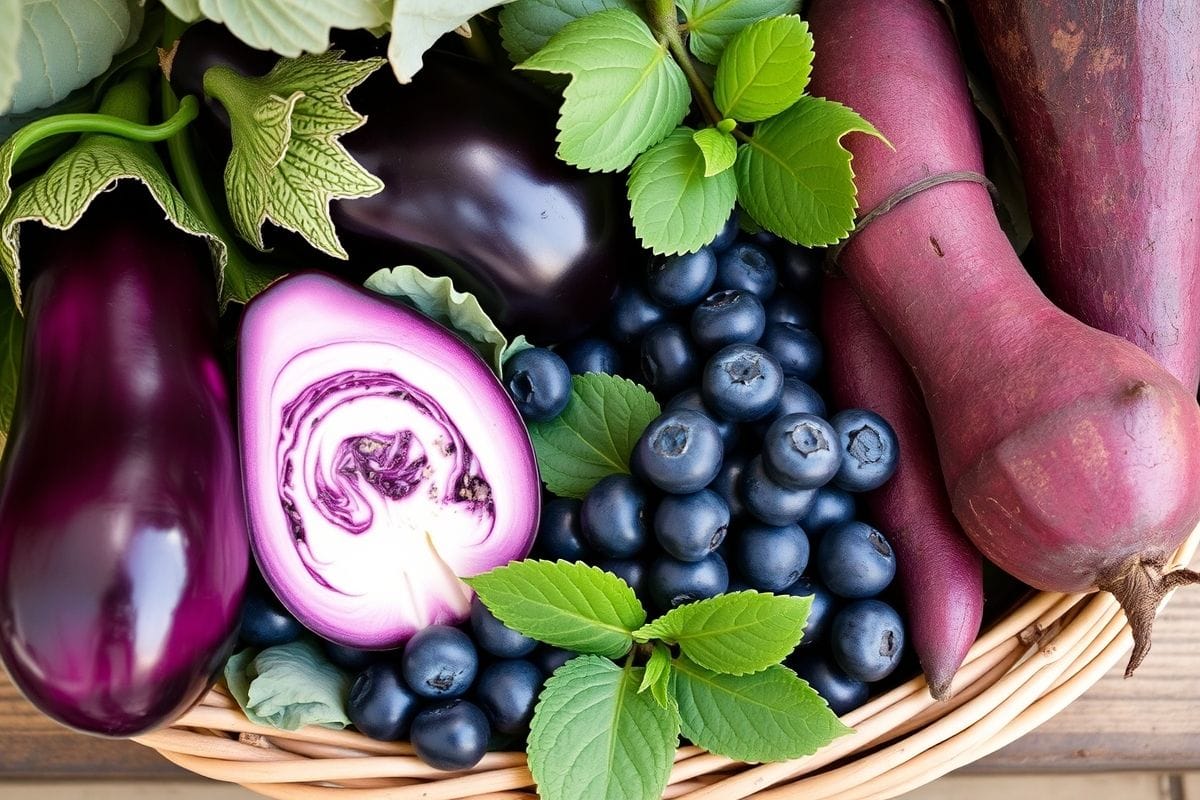
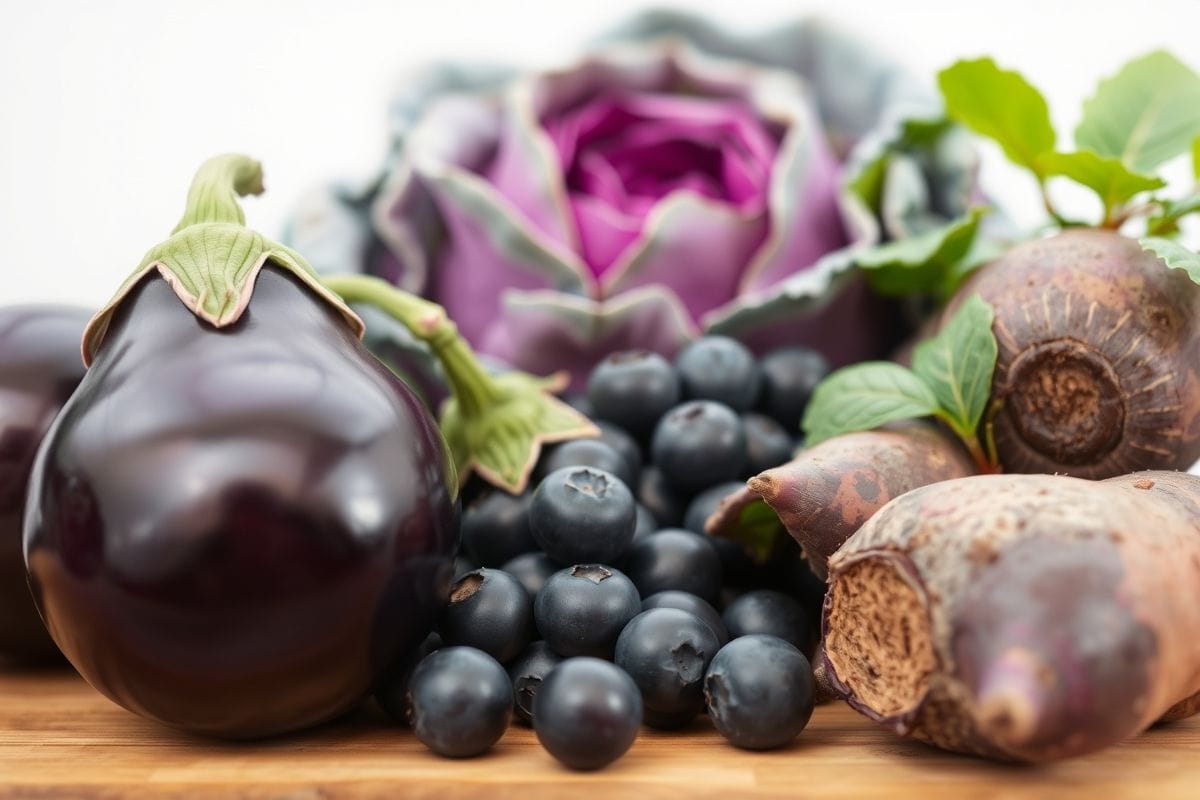
- Example: Add thinly sliced purple cabbage to your tacos or salads for a colorful crunch. Incorporate roasted eggplant into your weekly meal prep, or enjoy a handful of blueberries in your morning yogurt.
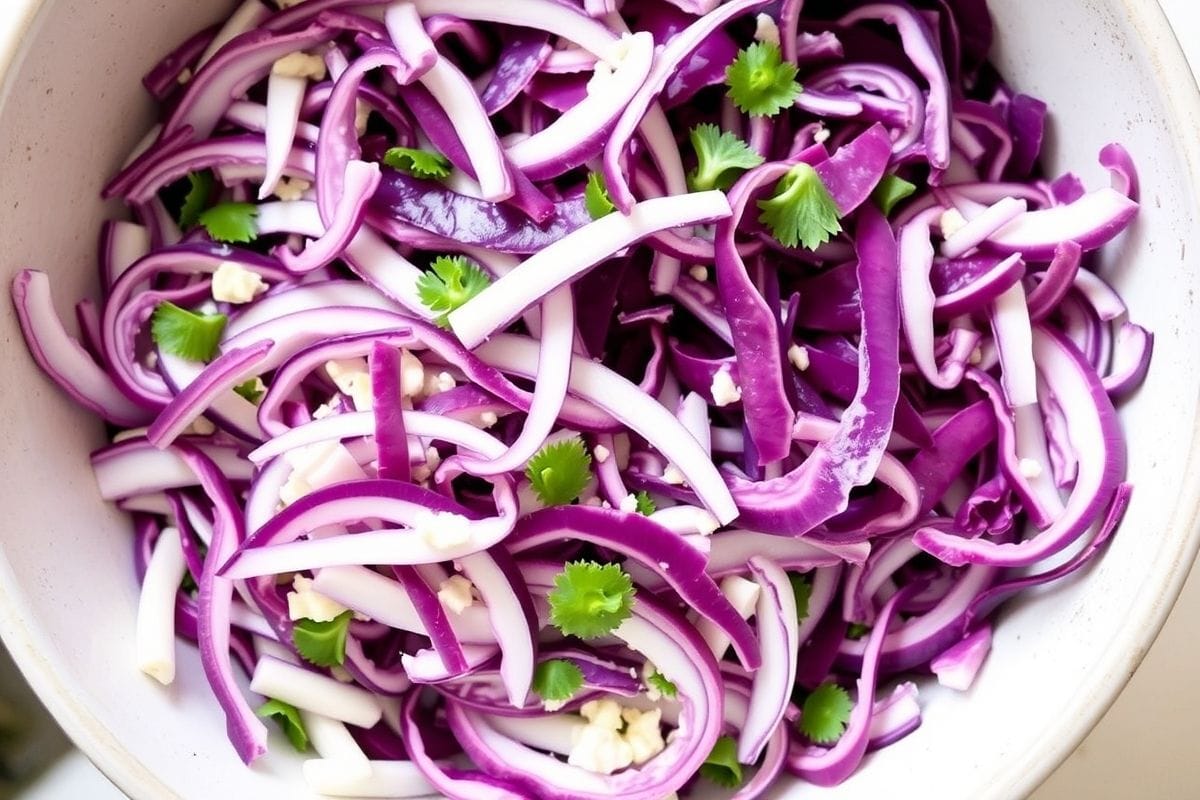
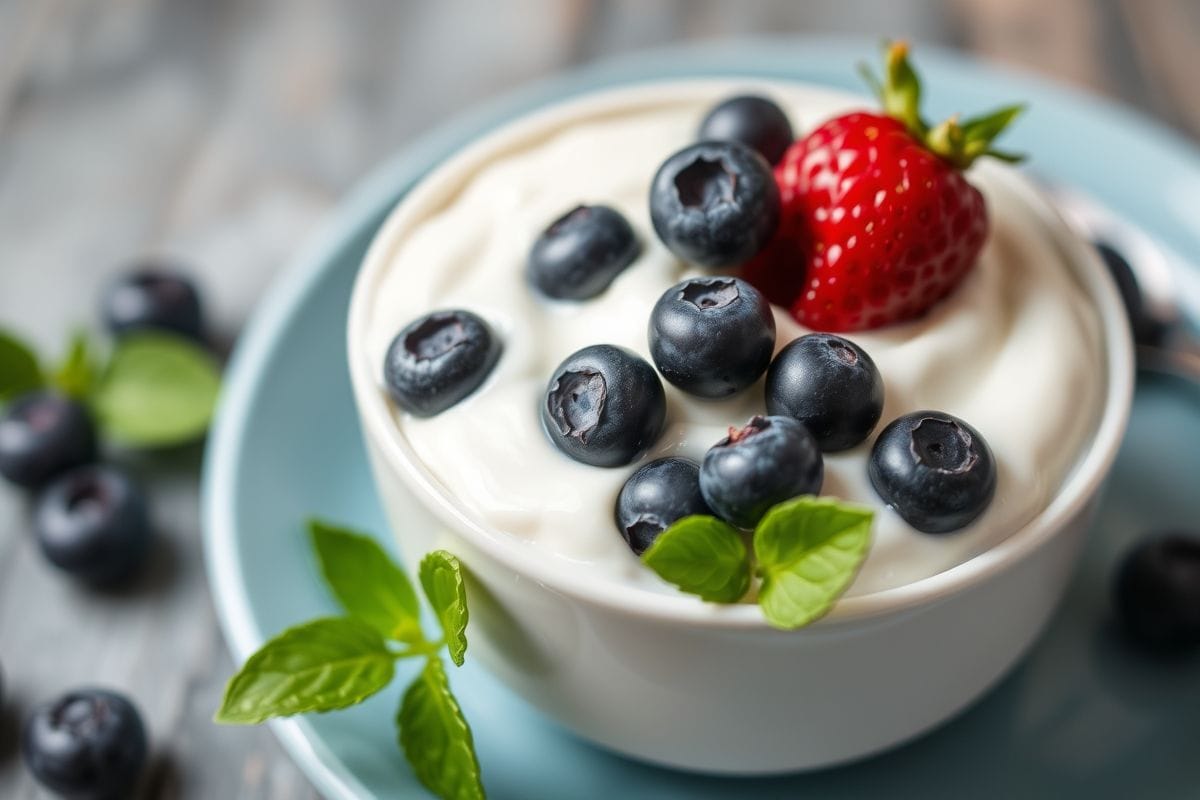
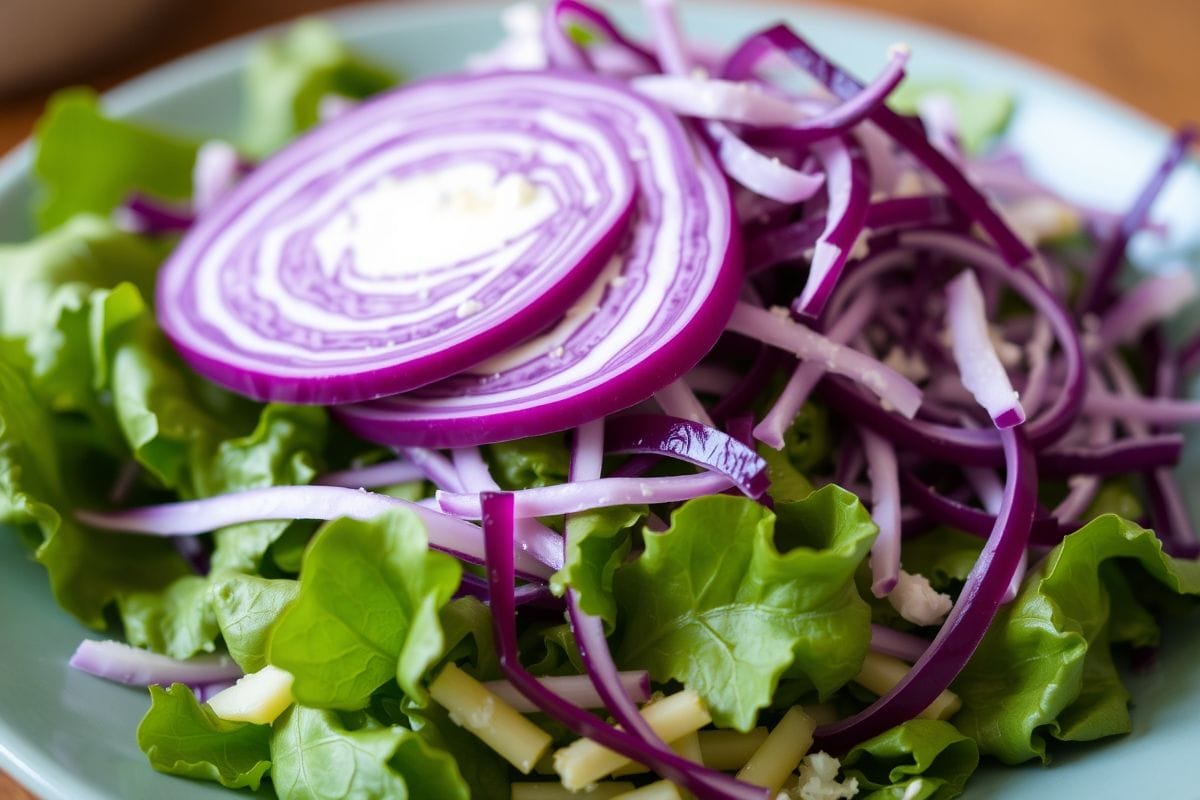
Green (Still Essential!): Detoxification and Bone Health
While we're looking beyond *just* greens, it's important to remember their incredible value. Dark leafy greens like spinach, kale, and collard greens, along with broccoli, asparagus, and Brussels sprouts, are rich in chlorophyll, folate, Vitamin K, and a host of other beneficial compounds. They support detoxification processes, promote strong bones, and are vital for overall well-being.
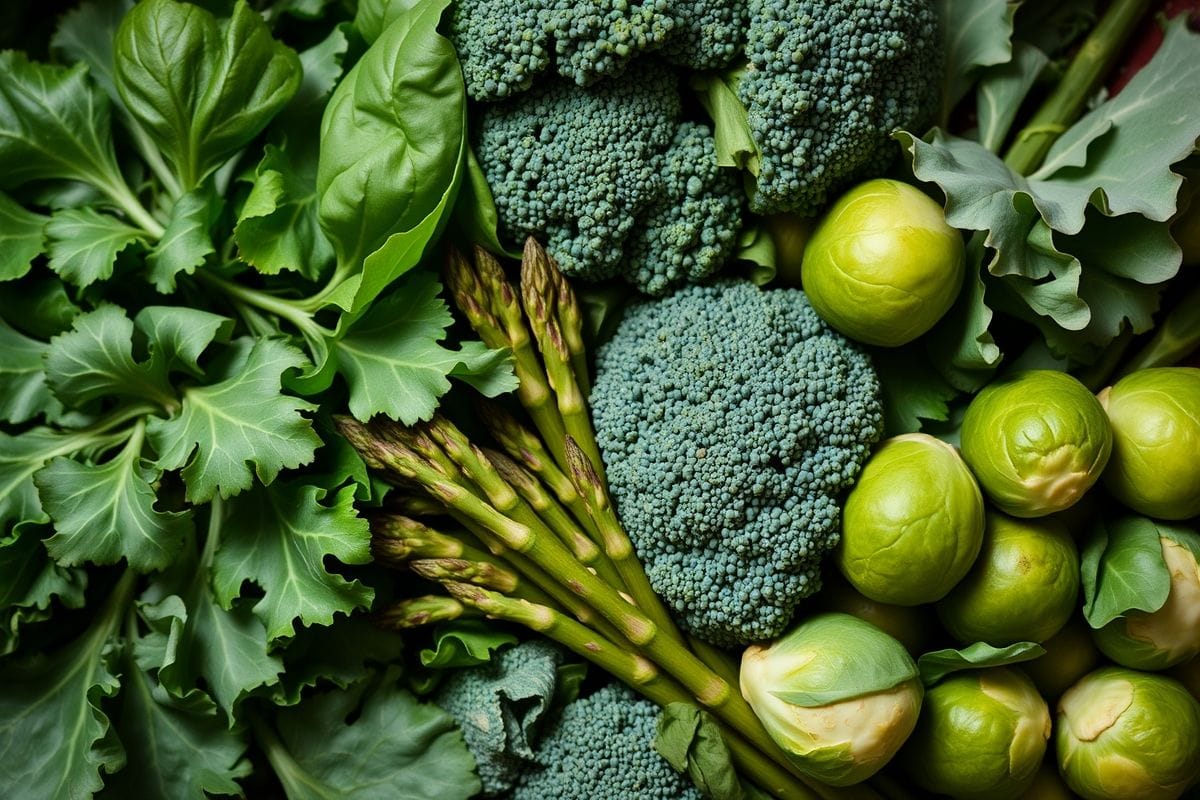
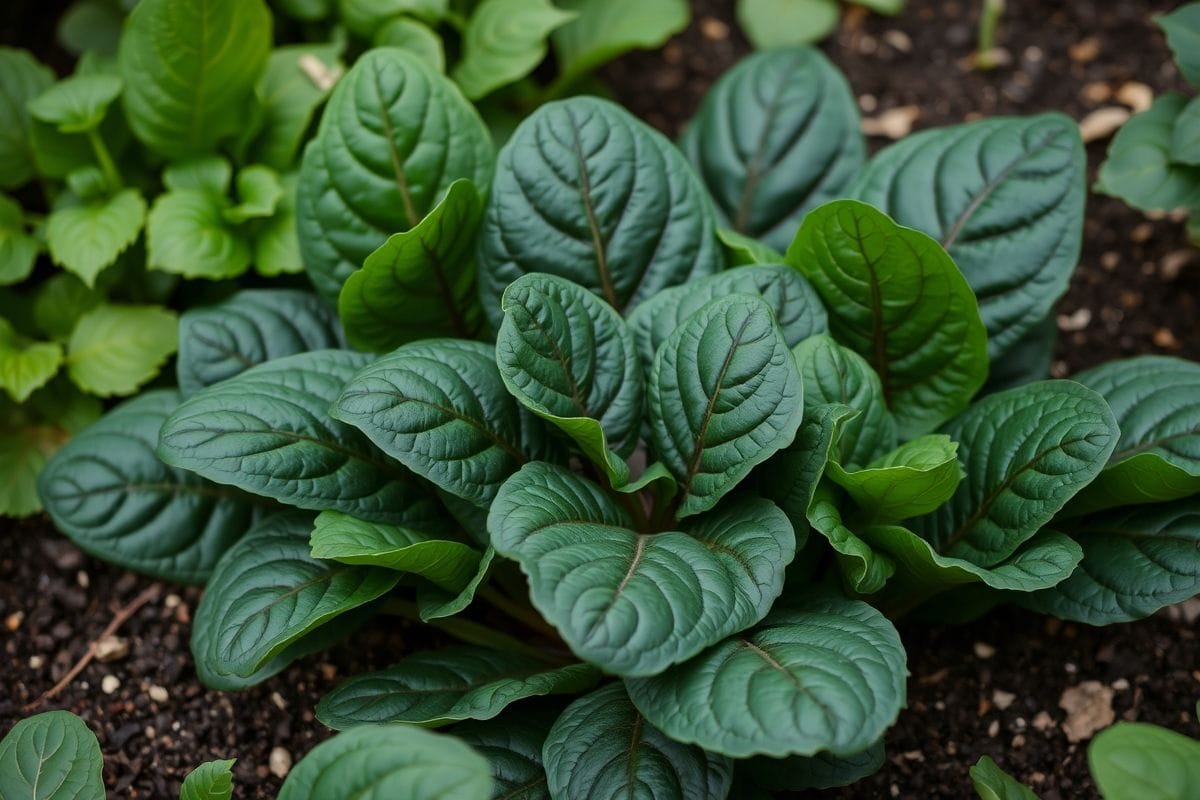
- Example: Don't just stop at spinach! Experiment with different greens like Swiss chard or bok choy in your stir-fries. Steam some vibrant green broccoli alongside your main meal.

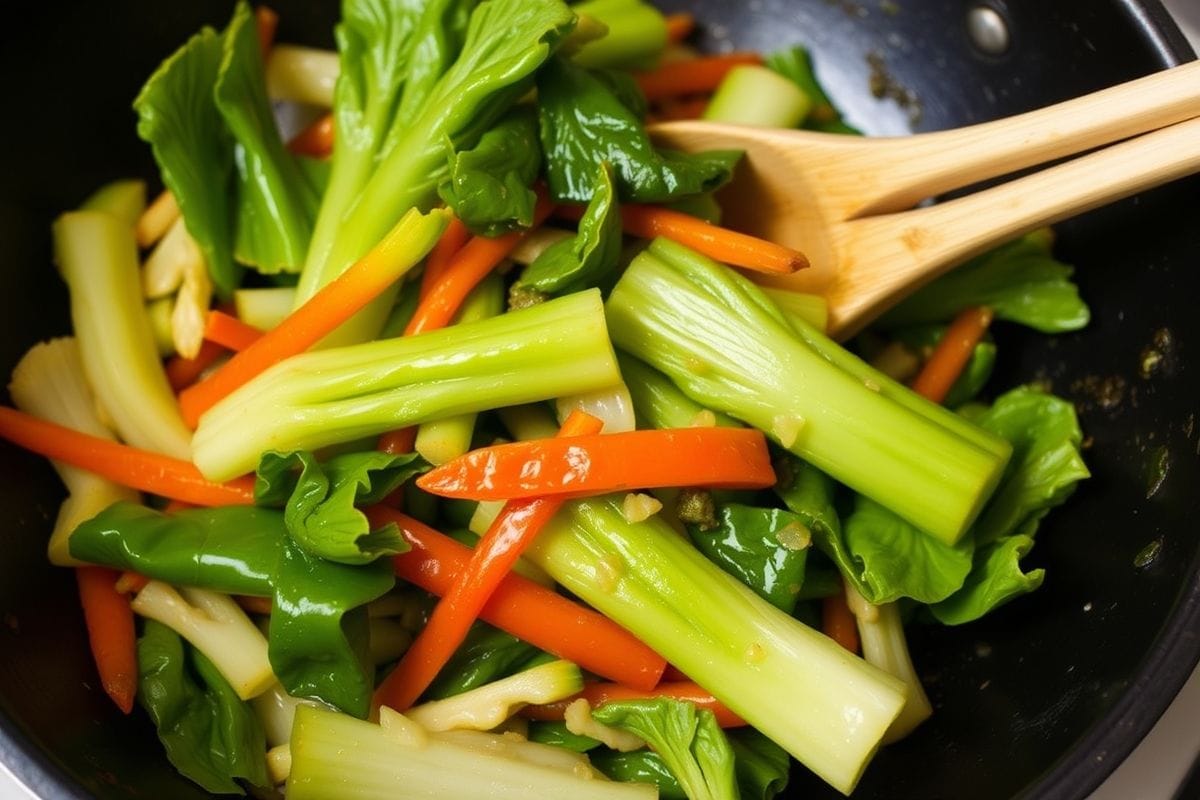
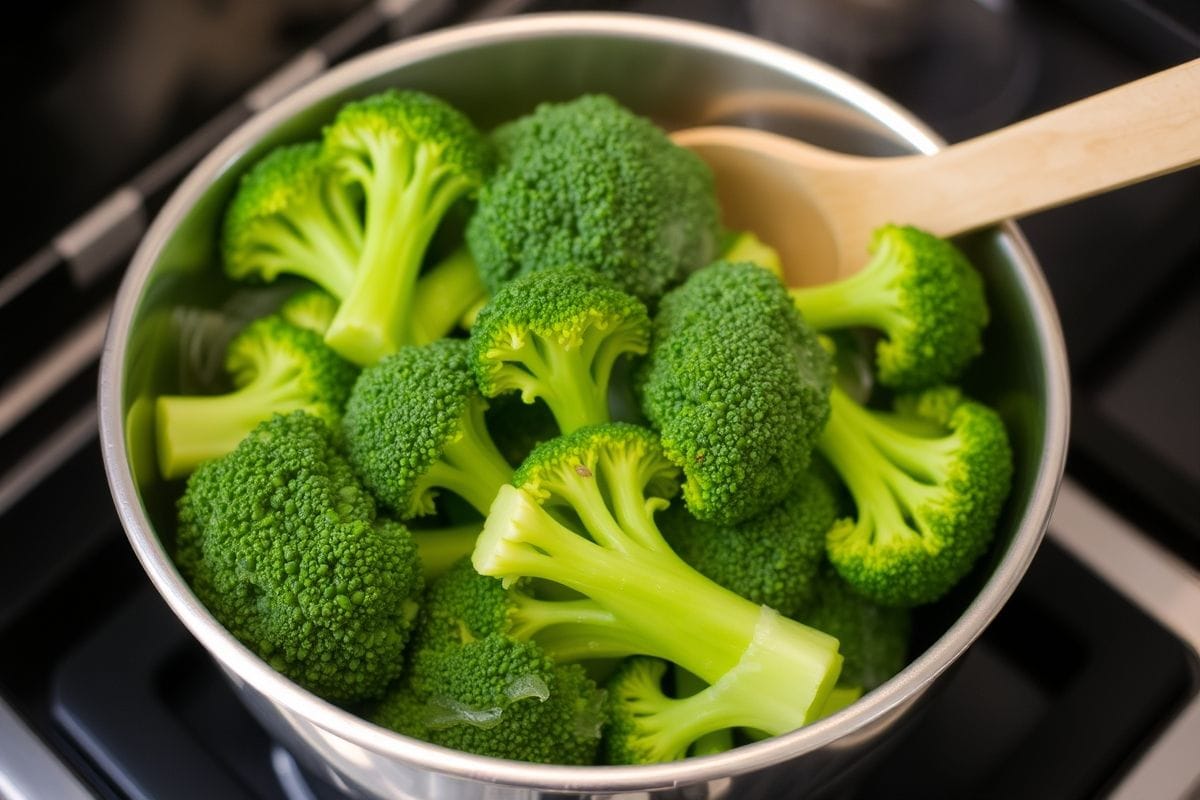
White and Tan: Immune Support and Beyond
Don't underestimate the pale powerhouses! Onions, garlic, cauliflower, mushrooms, and potatoes (with their skins!) might not be as flashy, but they offer unique benefits. Garlic and onions, for example, contain allicin, known for its immune-boosting and anti-inflammatory properties. Cauliflower is a versatile vegetable rich in Vitamin C and K, and even potatoes, often maligned, offer potassium and fiber, especially when consumed with their skins.
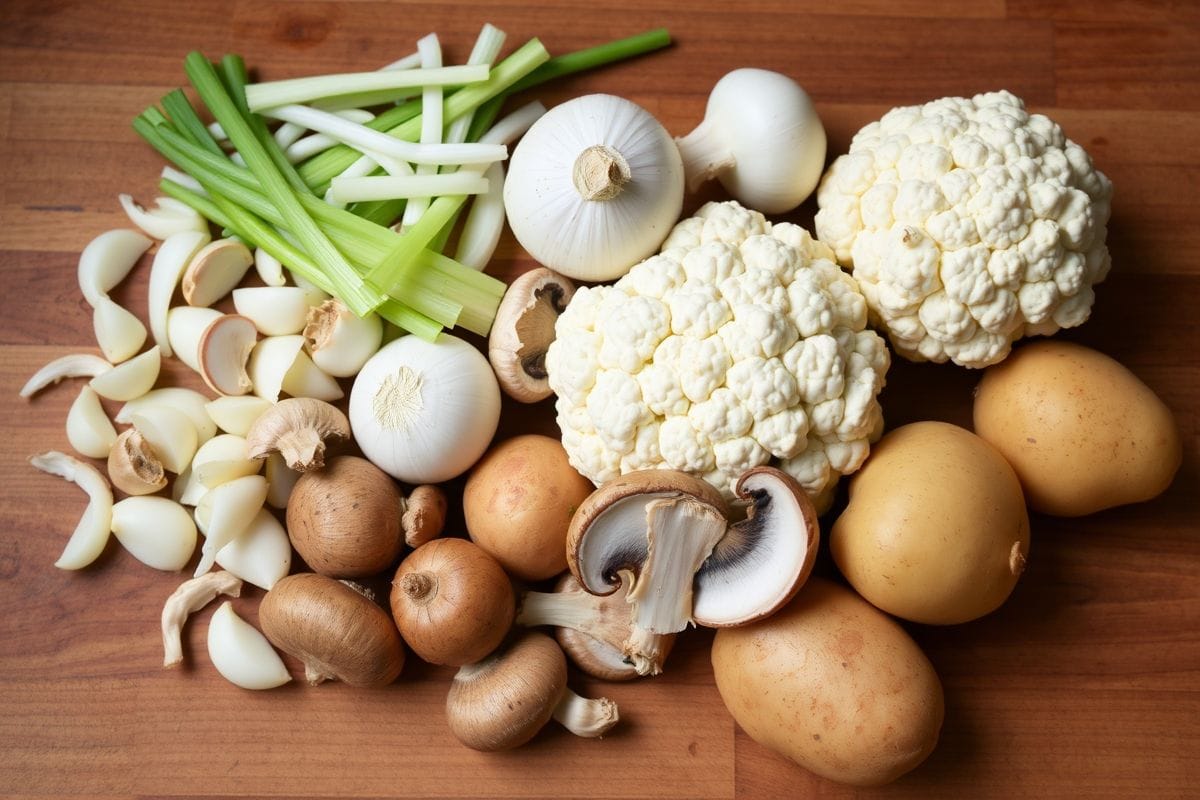

- Example: Use garlic and onions as a base for nearly any savory dish to boost flavor and nutrition. Try roasted cauliflower florets as a side dish, or experiment with cauliflower rice as a low-carb alternative.
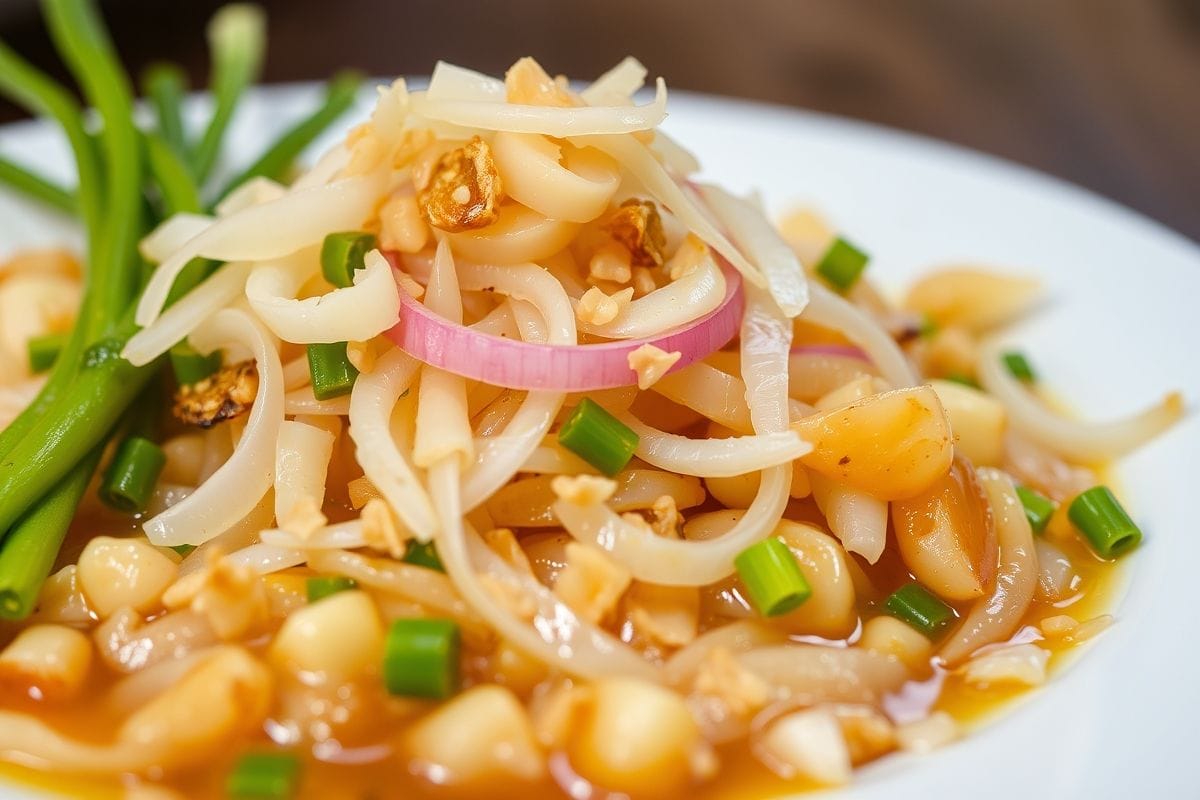

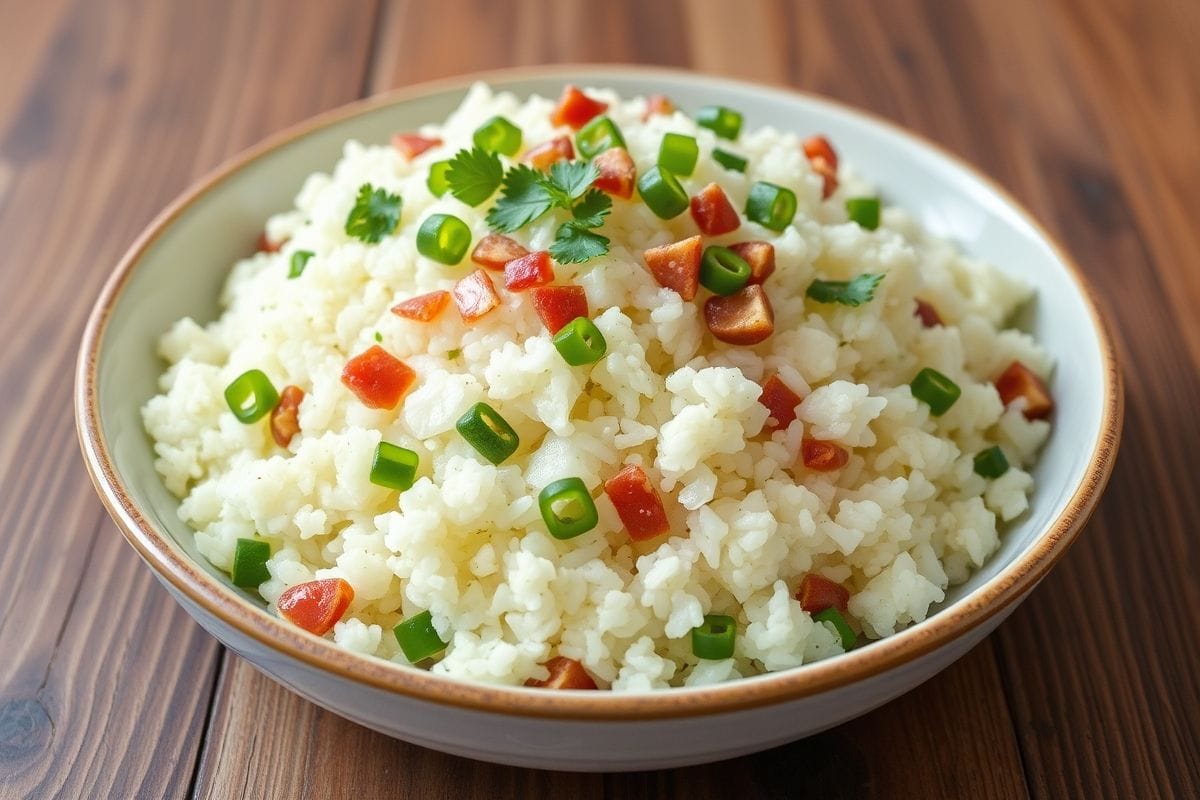
Creative Ways to Color Your Plate
Integrating a wider variety of colorful vegetables into your diet is easier and more delicious than you might think:
- Rainbow Smoothies: Blend spinach (for green), berries (for red/blue), and carrots (for orange) into a single, nutrient-dense drink.
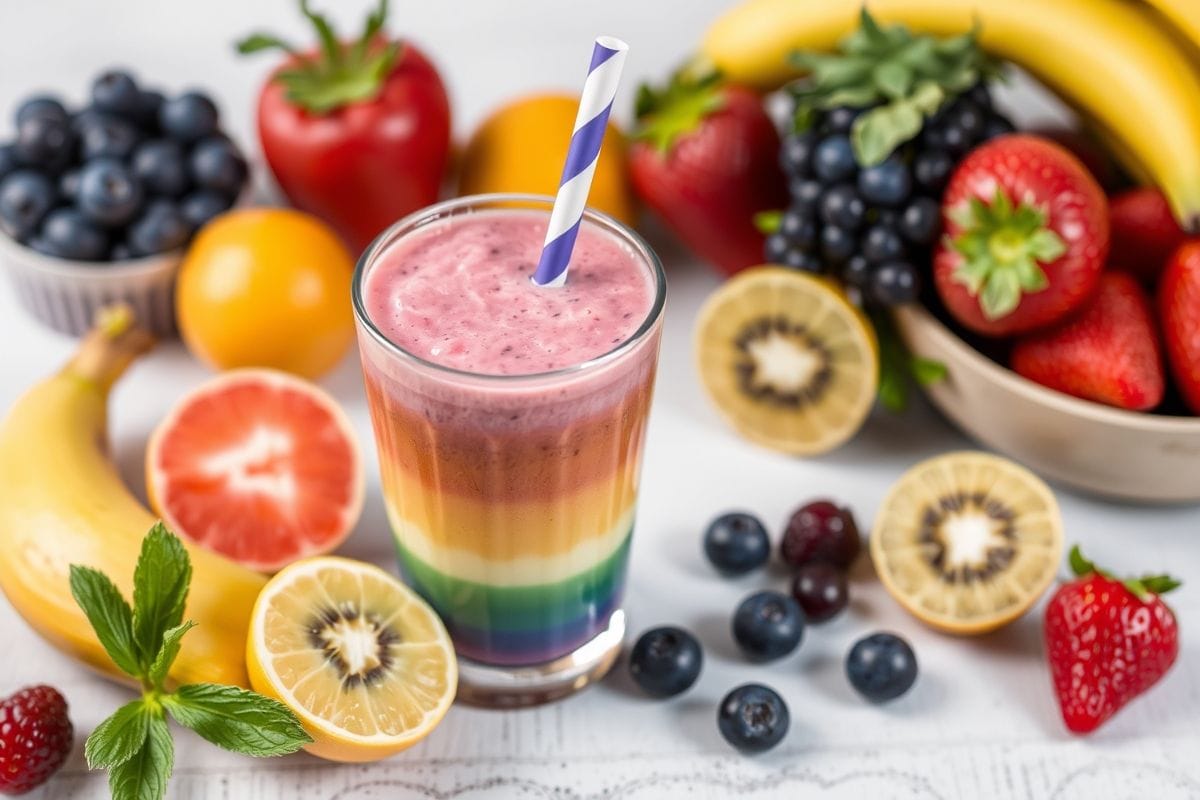
- Roasted Veggie Medleys: Toss an assortment of chopped bell peppers (all colors!), zucchini, red onion, and sweet potatoes with olive oil and herbs, then roast until tender and caramelized.
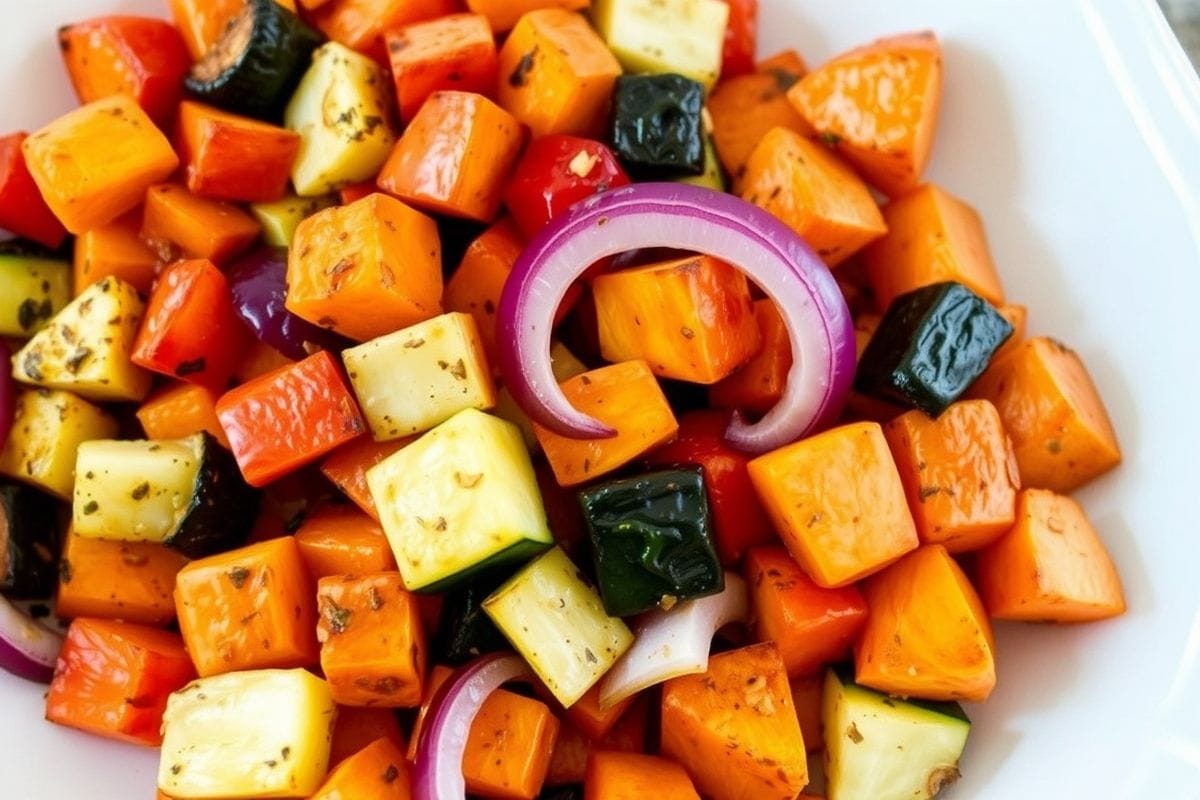
- Layered Salads: Build your salads with distinct layers of color – purple cabbage, shredded carrots, spinach, cherry tomatoes, and cucumber.
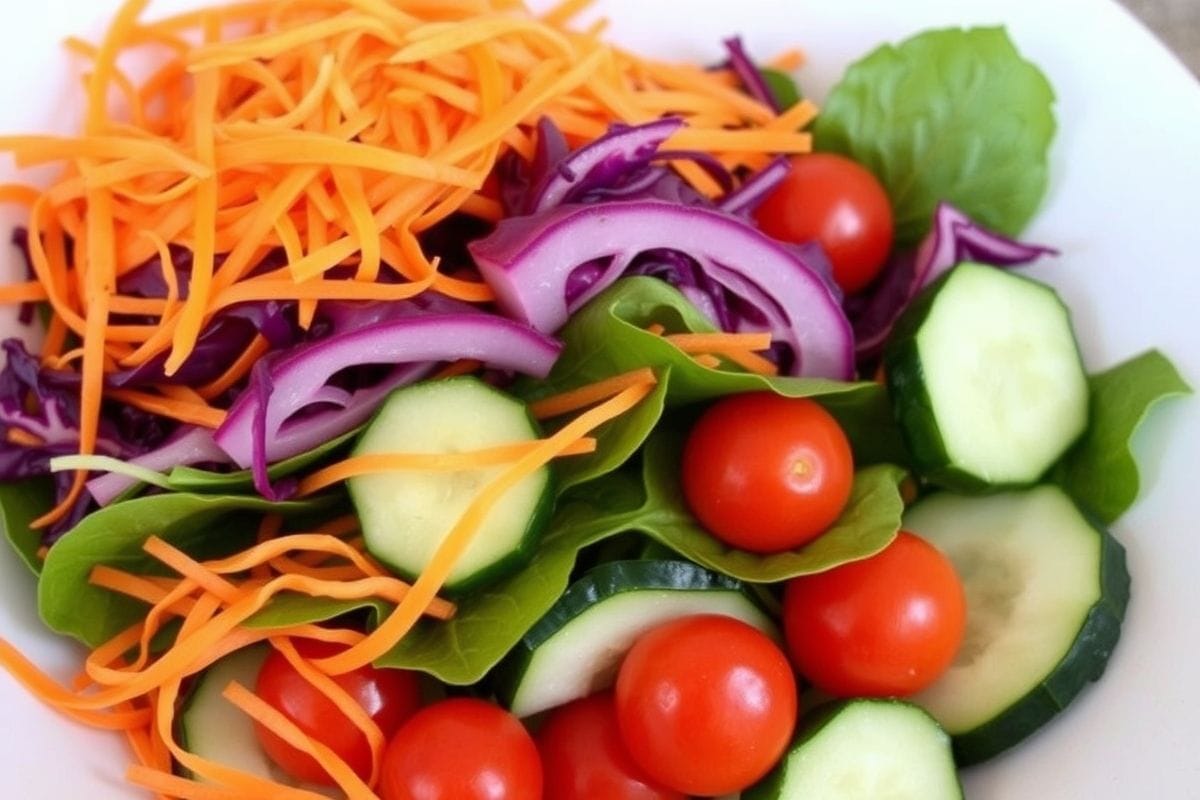
- Hidden Veggies: Puree cooked carrots or butternut squash into pasta sauces, or finely chop mushrooms and bell peppers into meatloaves or casseroles.

- Colorful Soups and Stews: Load up your homemade soups with a variety of diced vegetables like peas, corn, carrots, and tomatoes.
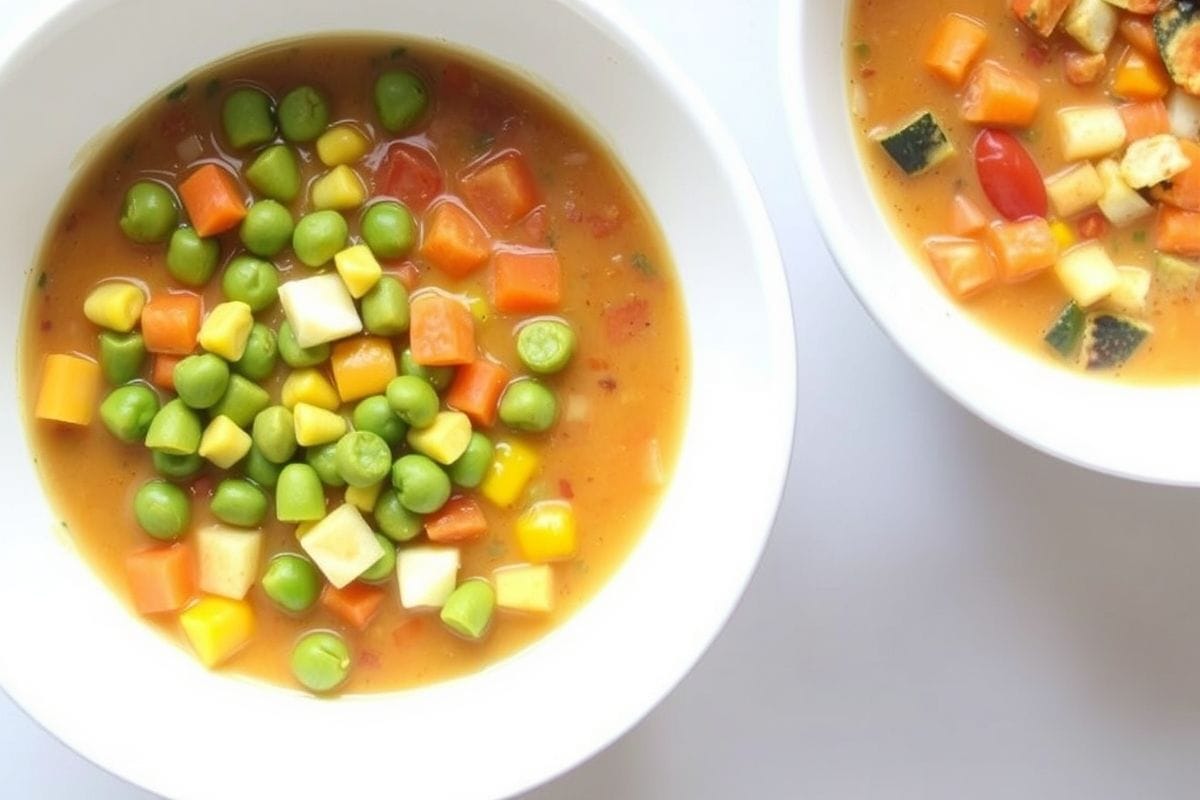
Embracing a diversity of colorful vegetables isn't just about ticking off nutrient boxes; it's about enjoying the incredible flavors, textures, and visual appeal that nature provides. So, next time you're at the grocery store or planning your meals, think beyond the usual and challenge yourself to eat the rainbow. Your body will thank you!



